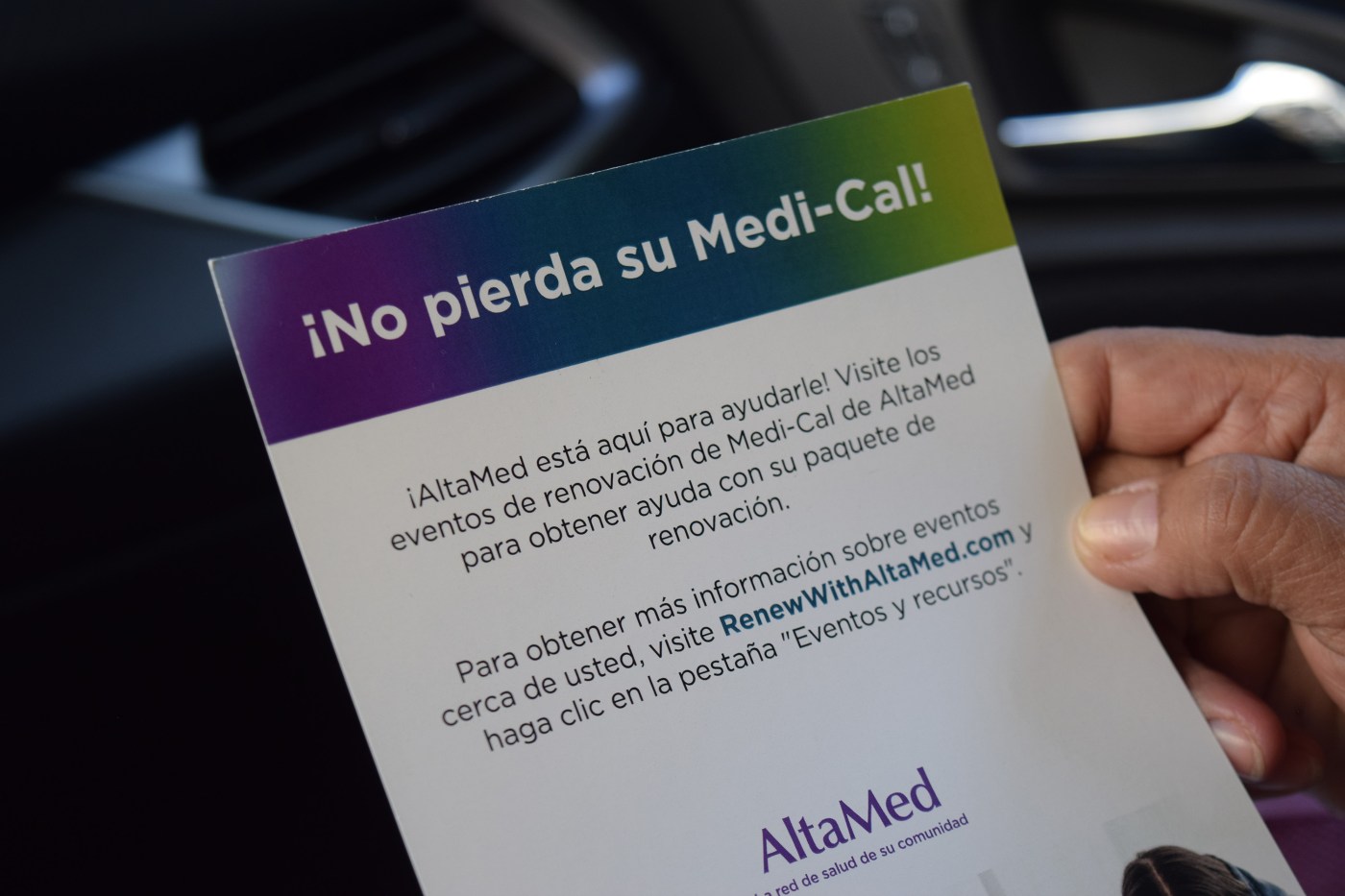Emergency medicine is undergoing a significant transformation, driven by advancements in data sharing and analytics. Emergency physicians are now operating in environments enhanced by artificial intelligence and ambient listening technology that can document medical records in real time. Despite these technological advancements, critical data from Emergency Medical Services (EMS) often remains unavailable prior to patient arrival at hospitals, which can hinder initial clinical decision-making.
EMS professionals face unique challenges as they make rapid decisions for complex cases. For instance, a patient suffering from cardiac arrest may also have a head injury from a fall and severe burns. After transferring such patients to hospitals, EMS providers often lack insight into the outcomes of their treatment choices, limiting their ability to refine their decision-making in future cases. Emergency clinicians routinely face life-or-death situations with incomplete information, relying heavily on their experience and education.
The traditional practice of EMS has operated in isolated silos, where patient results are not readily available for review. This has created a substantial knowledge gap, especially considering that EMS providers transport tens of millions of patients each year. However, a notable shift is occurring as emergency care transitions from isolated expertise to real-time, data-driven enhancements in patient care.
Breaking Down Barriers in Emergency Care
One of the primary changes involves improving interoperability and data flow between EMS and hospitals. Historically, emergency medicine has been characterized by a division at the sliding glass doors of emergency departments, leaving EMS professionals unaware of patient outcomes after transfer. This separation has often limited their ability to improve their field decision-making.
For example, in the 1960s and 70s, military anti-shock trousers (MAST) were used to treat trauma patients experiencing severe blood loss. While MAST could temporarily raise blood pressure, it later became evident that this practice could lead to worse outcomes if internal bleeding was present. Such patterns have recurred throughout EMS history, where treatments that seemed effective in the moment ultimately proved detrimental due to a lack of data-sharing mechanisms.
In leading healthcare systems today, EMS personnel can access patient data post-transfer, including initial blood gas and blood pressure readings, allowing them to evaluate their treatment decisions. This intentional continuity of data is dissolving the divide between prehospital and hospital care, which ultimately enhances the quality of care delivered.
The Impact of Advanced Data Analytics
The advantages of advanced data analytics extend beyond individual procedures. By alleviating the cognitive burden associated with complex calculations and protocol memorization, emergency medical professionals can concentrate more fully on patient care and data-driven decision-making. Automated data collection and sharing allow access to aggregated knowledge that can reveal unexpected insights. Research indicates that simpler, standardized approaches often yield better patient outcomes than more complex, skill-intensive procedures.
This evolution is particularly evident in airway management practices. Emergency clinicians have traditionally been judged on their proficiency in endotracheal intubation, a skill that can be challenging to execute effectively in prehospital settings. Recent studies, including one from Ohio State University in 2024, have demonstrated that simpler airway interventions are becoming more common, particularly for pediatric patients and those experiencing cardiac arrests. This finding aligns with earlier research, such as the AIRWAYS-2 randomized trial, which underscores the importance of data in shaping best practices in emergency care.
Fire prevention models offer a valuable perspective for EMS and hospital integration. Fire departments have successfully analyzed outcomes to identify and mitigate preventable factors, resulting in significant reductions in fire incidents. By adopting a similar approach, emergency medicine can capitalize on aggregated outcome data and the ability to exchange health records, allowing for a more comprehensive understanding of effective interventions.
As advanced data analytics and machine learning technologies continue to reshape emergency medicine, healthcare providers can create and share knowledge that enhances both performance and patient outcomes. Predictive models and automated decision-support tools will empower clinicians with insights based on extensive data patterns. The future of emergency medicine will see clinical expertise augmented by collective knowledge, enabling proactive and informed care delivery to every patient.







